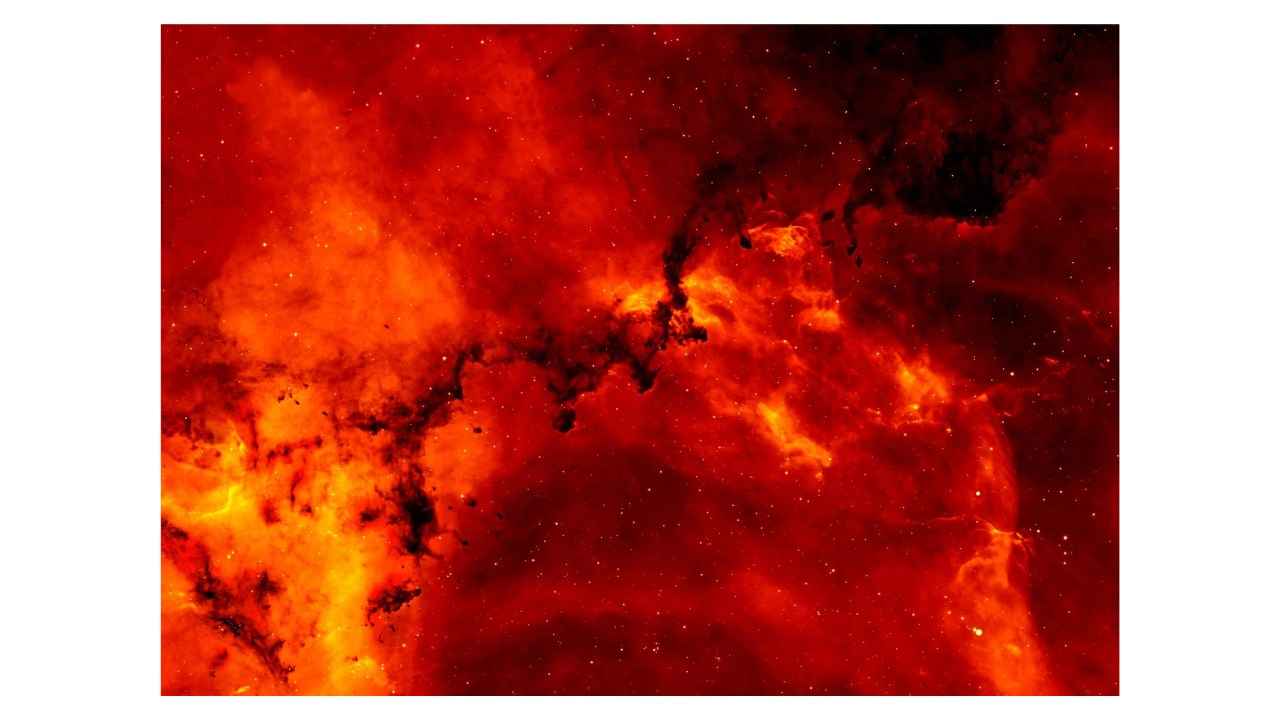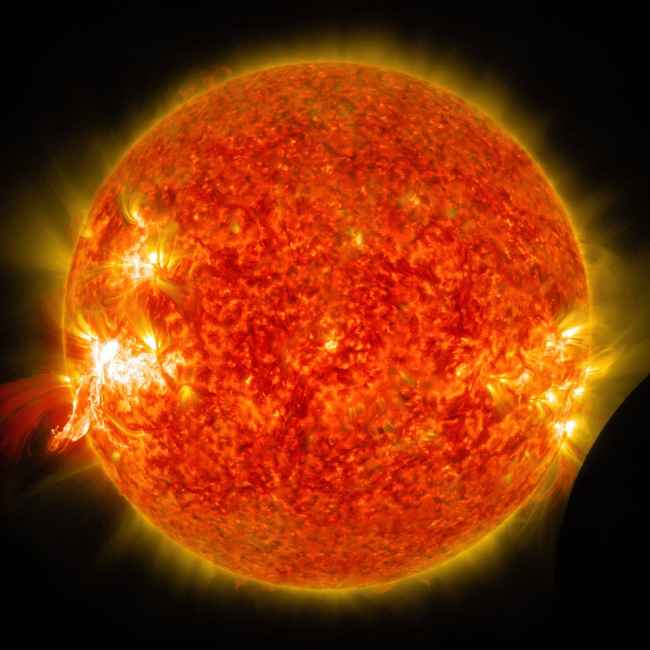Geomagnetic Storm Caused By Massive Solar Flare May Hit Earth Soon
NASA has warned about a solar storm that will hit Earth today.
Tamitha Skov, a scientist, tweeted this forecast on Saturday.
NASA's Solar Dynamics Observatory (SDO) captured the dramatic event in multiple wavelengths.

NASA has warned about a solar storm that will hit Earth today. A solar flare can cause a geomagnetic storm, which can cause radio and GPS signal interference and some signal outages on our planet's night side.
 Survey
SurveyTamitha Skov, a scientist, tweeted this forecast on Saturday.
The most recent solar flare, a long-duration outburst, occurred on June 13, 2022. For about three hours, the event blasted high-energy radiation into space. Two solar spacecraft recorded the show, which was shared on Twitter by scientist Tamitha Skov.
NASA's Solar Dynamics Observatory (SDO) captured the dramatic event in multiple wavelengths.
What exactly is a solar flare?
A solar flare is an eruption of radiation from the Sun. It is usually caused by the magnetic energy produced by a sunspot or by the unexpected acceleration of protons and electrons along the Sun's surface.
The Sun emits intense bursts of energy and radiation during solar flare eruptions, which can last several hours. Everything in space, including solar, gamma, and electromagnetic radiation, is then released. These rays are harmful to all living things.
What effect will it have on the Earth?
Solar flares emit a lot of heat and energy, causing geomagnetic storms on Earth. This may have an impact on satellite transmissions as well as communication.
The most recent solar flare was classified as an M3.4, a medium-sized solar outburst. It was, however, powerful enough to cause brief radio blackouts in the Asia-Pacific region of the Earth.
Interference in radio wave propagation occurs when the radiation has enough energy to heat and distort the ionosphere (part of the Earth's atmosphere). A massive solar storm could disrupt the entire communications network in the worst-case scenario.
The recent solar flare event is part of a solar cycle that began in late 2019. These solar storms are expected, with the 'Carrington Storm' of 1859 being one of the most intense on record. It was named after the astronomer Richard Carrington, who witnessed the event.
According to the National Geographic Institute, the frequency of geomagnetic storms "is related to periods of solar activity," with an 11-year average cycle.
Digit NewsDesk
Digit News Desk writes news stories across a range of topics. Getting you news updates on the latest in the world of tech. View Full Profile
